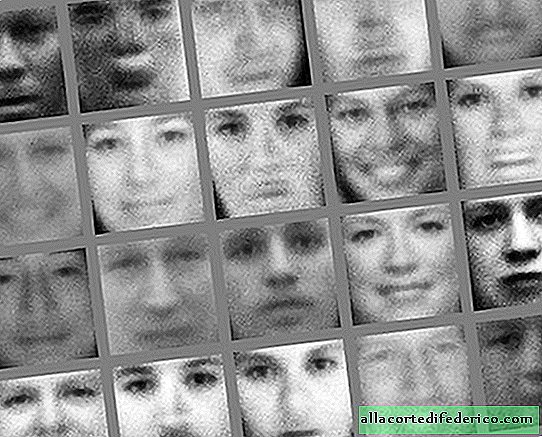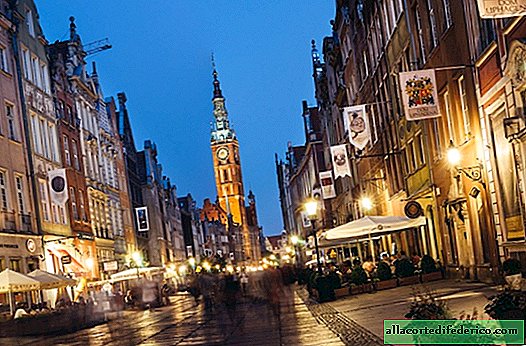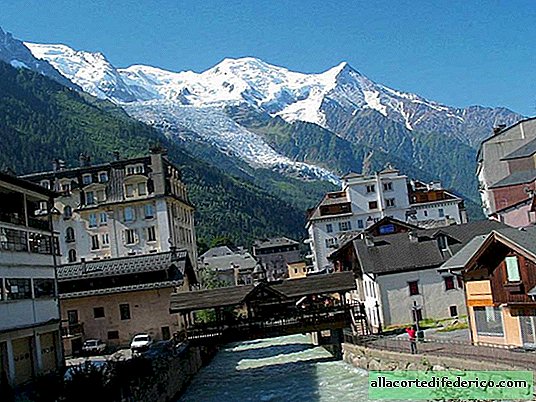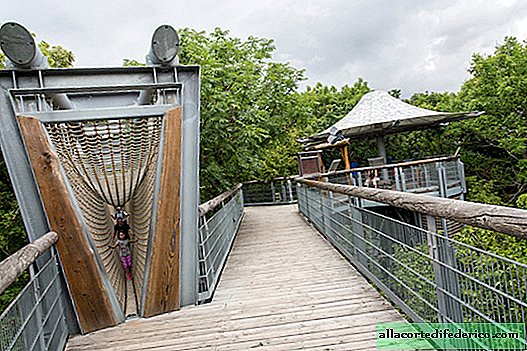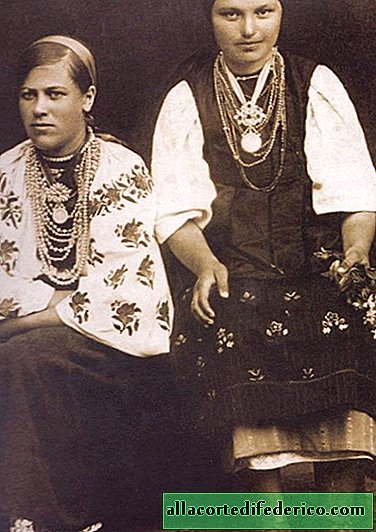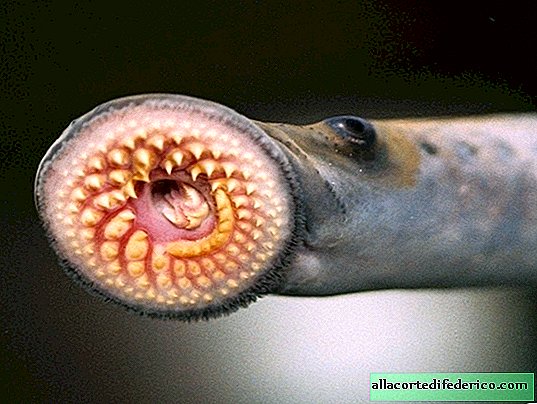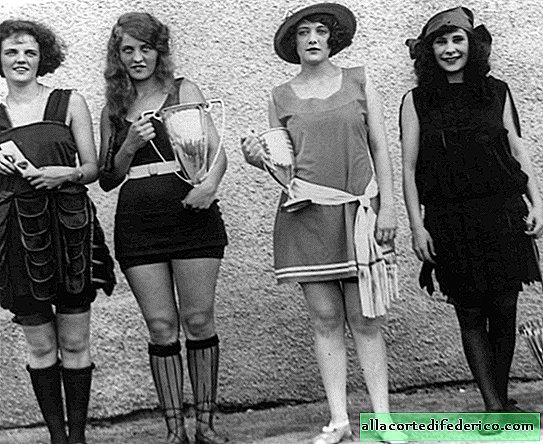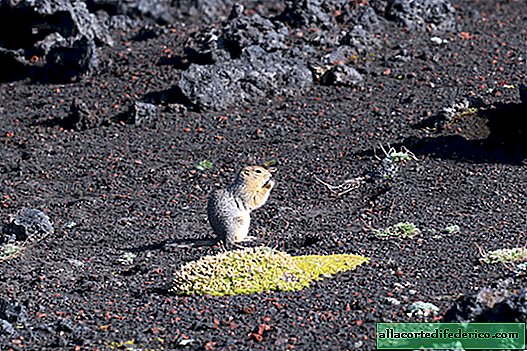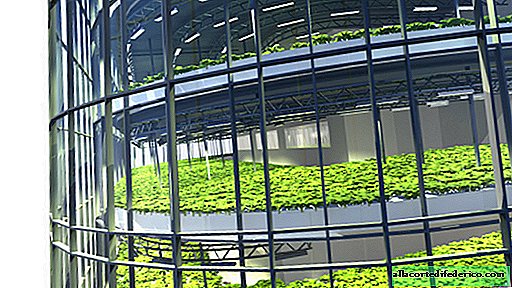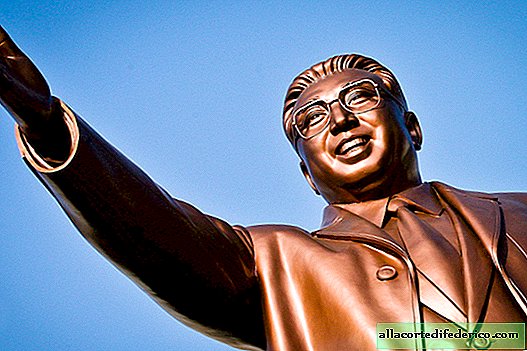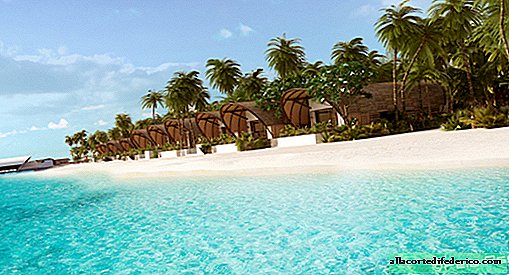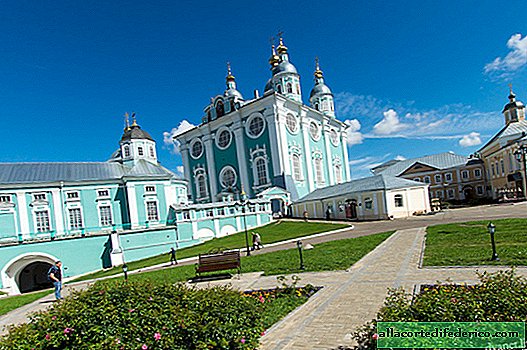Why you can not buy water in Rome: drinking fountains from which pure water flows
If suddenly in Rome thirst began to torment you, then do not rush to buy water. Columns with running water, very clean and suitable for drinking, are installed here throughout the city. Some genius came up with them 150 years ago, and sometimes they impress tourists more than the Trevi Fountain: after all, this is the best way to show concern for the guests and residents of the city, giving constant access to clean water.

In Rome, drinking fountains are as familiar as city attractions. Meter cast-iron structures with a long curved faucet can be found on many streets and city squares. For their appearance, locals nicknamed fountains nasone, which translates as “nose”, or “big nose”. The fountain crane really resembles a hooked nose.
Water runs constantly, but nothing is lost
Water flows constantly and can be drunk. It seems that for a careless attitude to nature and unreasonable waste of water in the XXI century? However, in reality, only one percent of this water goes nowhere, everything else is used for watering city beds, cleaning enterprises and other non-drinking activities.

And this is a special prevention for urban water supply. Thanks to the constantly running fountain, water does not stagnate in the pipes, which means that bacteria do not multiply in it.
To the city according to the ancient aqueduct

The water from the fountain is icy, it comes here directly from Lake Bracciano, which lies 32 kilometers from Rome. The aqueduct along which water flows was built by the ancient Romans. At that time, nine aqueducts were brought to the city: they fed about six hundred city pools and 39 fountains. And these are only urban buildings: of course, water flowed through these structures to the palace of the emperor and the villas of the nobility.

When Rome fell, the water supply was no longer used, it quickly became worthless. However, in the XVII century they decided to take a closer look at the wisdom of the former rulers, the aqueducts restored. And a century later, urban drinking fountains appeared. Their main goal was to provide clean drinking water to local residents and markets.
Then in the 1870s, more than five thousand nazons were installed throughout the city, and today about half of them work. And in the summer heat, fountains help perfectly quench thirst, which is actively used by local residents and tourists.

